June is always a busy month: the arrival of all the ducklings and goslings , the molting of the male wood ducks, turtles active on land to lay eggs, juvenile black-crowned herons come out to be seen and spring wildflowers give way to more summerish flowers.
Wood ducklings.
Third image 18 ducklings. The second image is one 11 duckling family of three families in the same location with a total of 25 ducklings.



During one visit we saw few ducklings in the lake, but did see several families, of varying ages, down on the river.


Canada Geese, some with goslings well along the way, others with younger ones.


UPLOAD AND ADD VIDEO
Male wood ducks each summer lose their beautifully coloured feathers and take on the look closer to that of the females. By late summer, they regain their colours.
(The male ducklings as they mature in a few months, without their colouration in place yet, can best be identified as their eyes are not bright red like the adult males.)

full colour on some still

Losing green from back of head, black from eye

All green gone, some black on cheeks has molted

Head feathers still a bit rough, most of head colouration lost
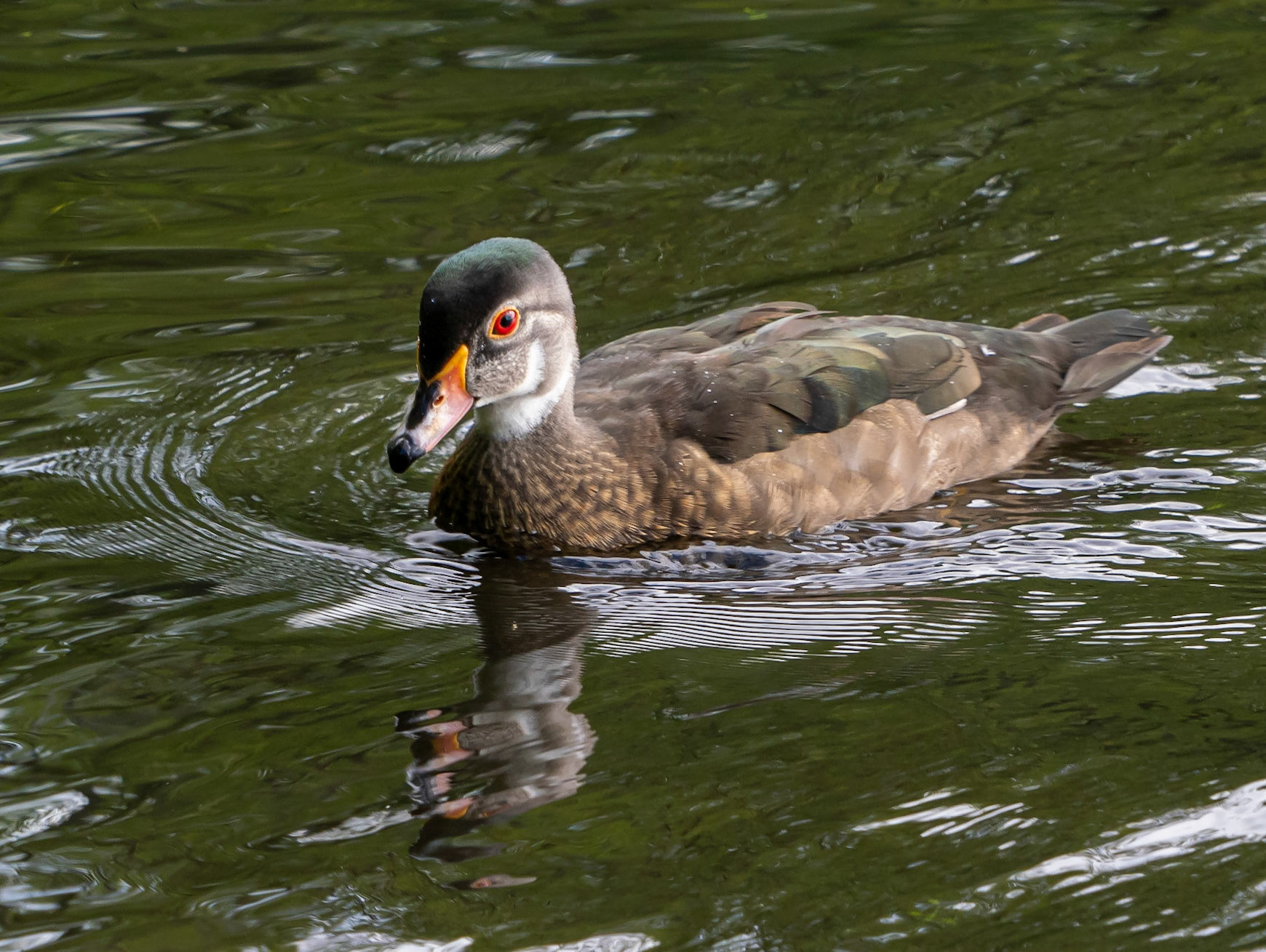
Full molt.
Not sure if it was a molting thing or not, but one male mallard duck's feathers on its side/breast were very different from two other nearby males.

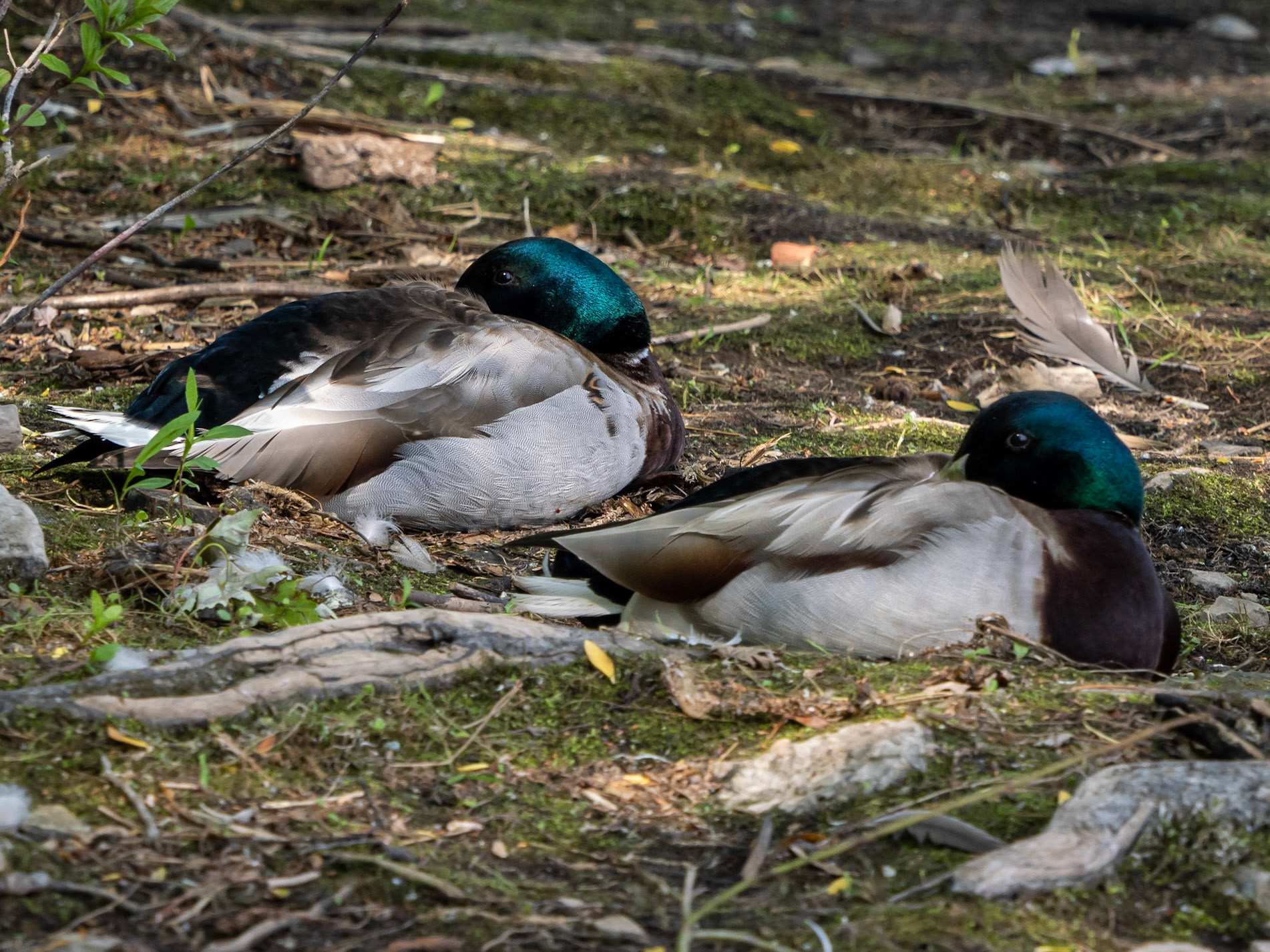
Counted six adult black-crowned herons one morning, indicated that perhaps there were more this year than in the past. (Last picture has a great blue heron fishing nearby.)


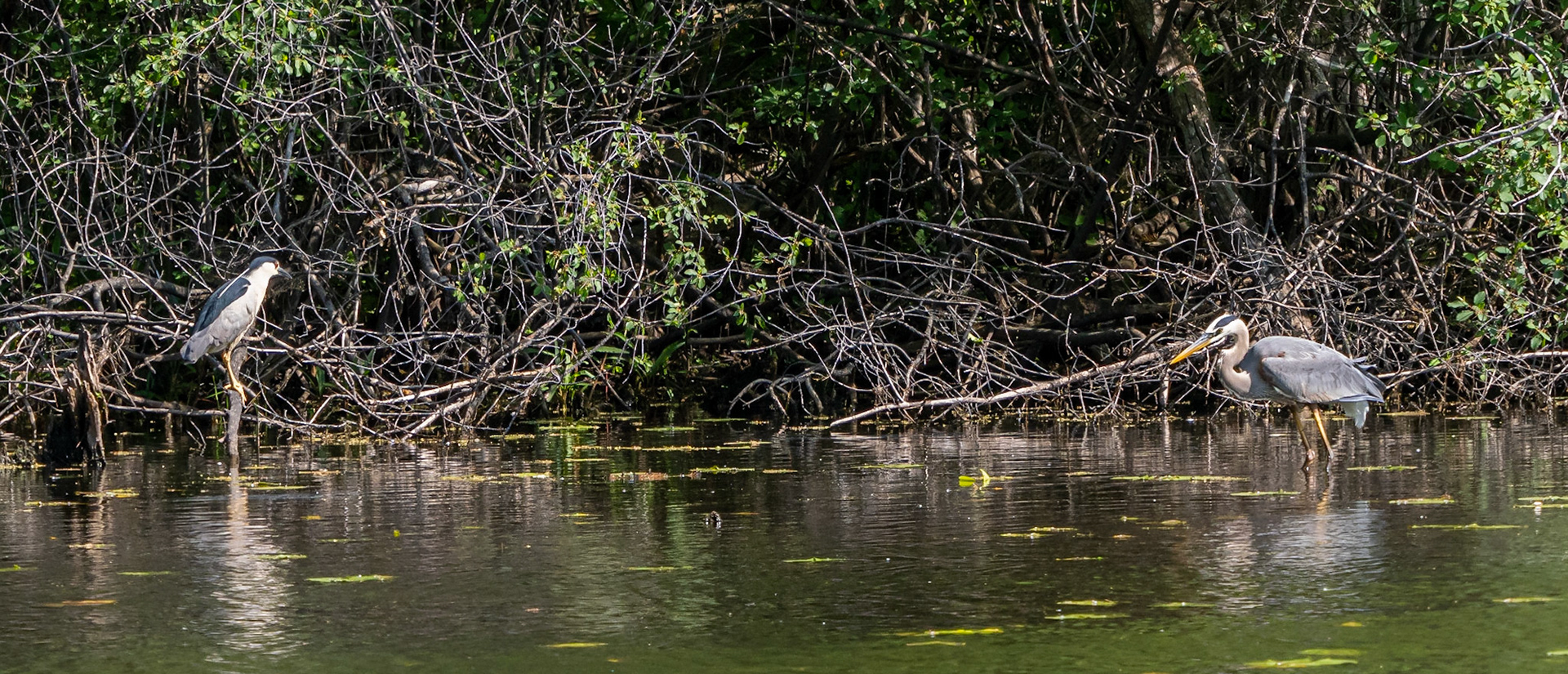
There is at least one juvenile black-crowned night heron. There are likely more but only seeing one at a time makes it difficult to know for sure. Juveniles look nothing like their parents.



One less catfish in the lake....

One male wild turkey was practising its mating stance for next spring.
There seems to be a male and a female residing at the Lake now.
A male downy woodpecker with spider webbing tangled in its red patch and a mayfly in its mouth, was looking for handout.

Catbirds are not rare, but not common either. This one was singing away.
(apologies as the sound and video steadiness is not what they should be)
Snapping turtles lay their eggs in early to mid June, with the surviving eggs hatching in early September. Most egg nests are found and destroyed by raccoons and mink.
The eggs tend to be laid in the very early morning which means you will frequently find snappers still on the nest, or retuning to the water, if you walk the trails around 8am or before.




Painted turtles are active on land as well, but they tend to lay their eggs closer to the water and not seen "out in the open". However this one was laying her eggs next to the road by the Water Filtration Plant.

A muskrat was out collecting grass to take back to its home.
The floral display was changing over from spring wild flowers to more summer varieties.
Mouse over the picture for identification.

Dame's rocket

Waterlilies
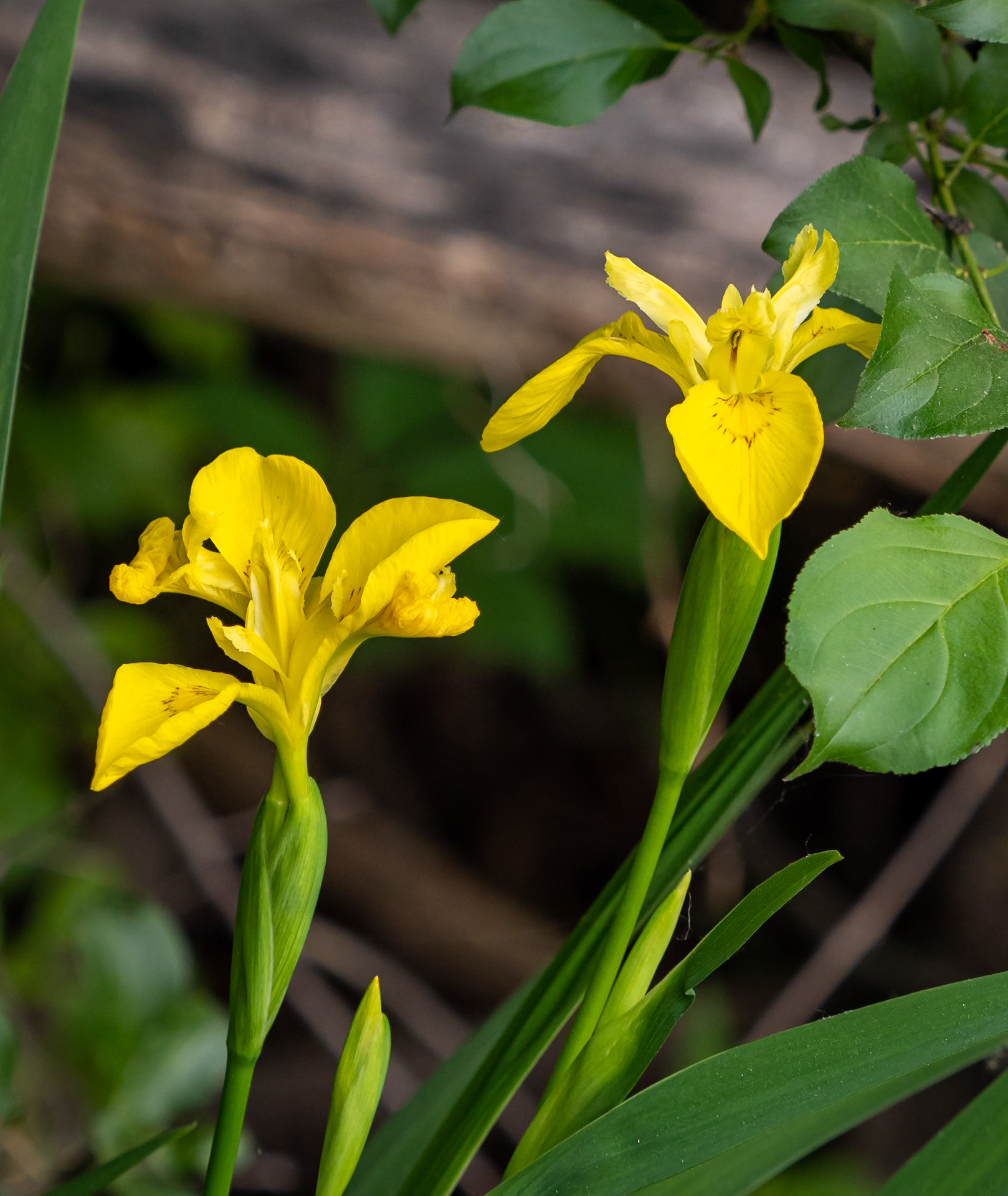
Yellow iris/yellow flag

Anemone
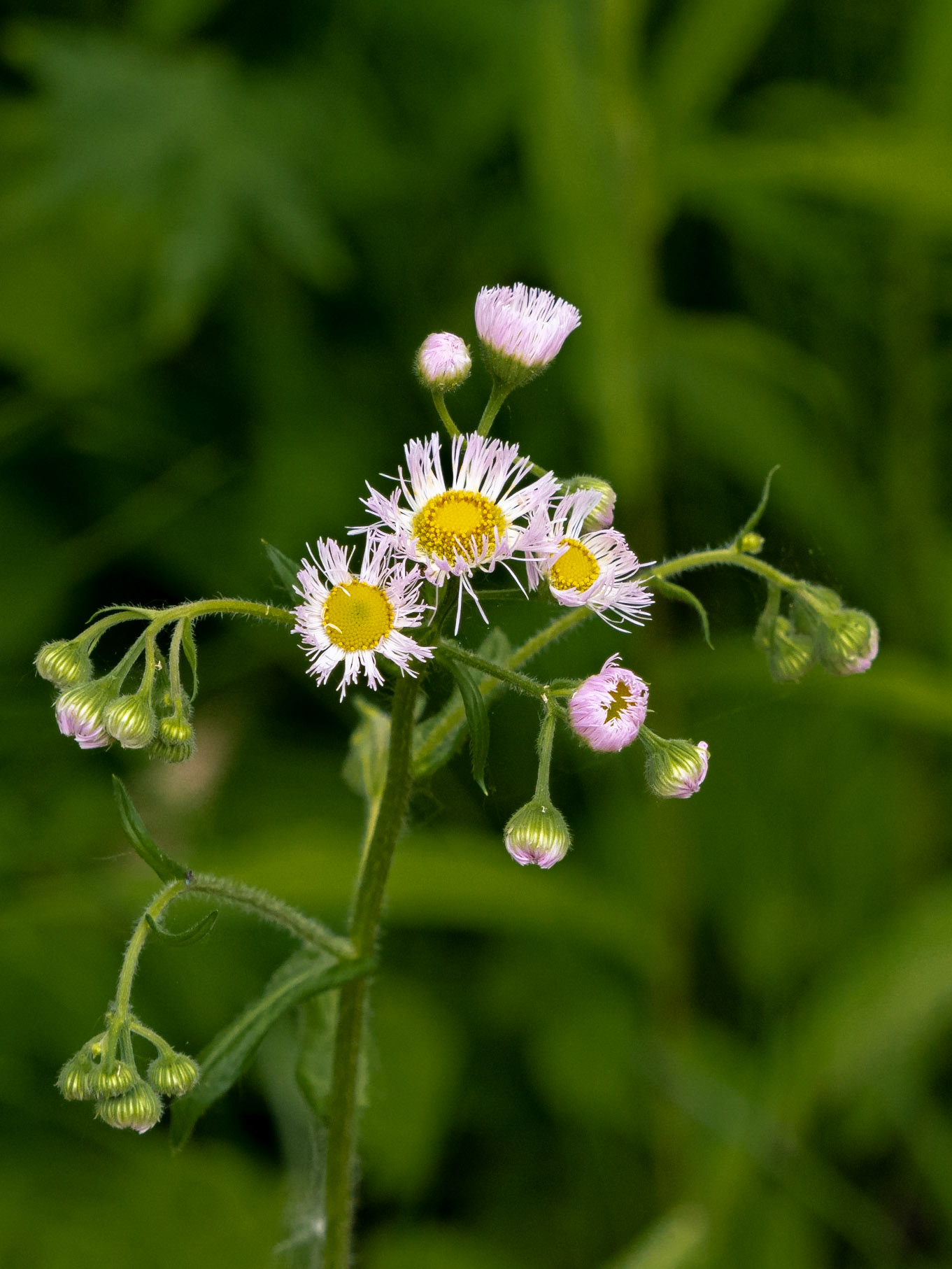
Fleabane

Viburnum

Purple flowering raspberry

Rust (not a flower, a disease)

Vipers bugloss

Daisies

Hawkweed

Hawkweed

Forget-me-nots

Bird's foot trefoil

Stonecrop

Creeping Jenny

Hop clover/Hop trefoil
Some Dryad's Saddle fungus stated growing on one tree, four days later it had grown a fair bit. A week later all but one was gone. People knocked them off???

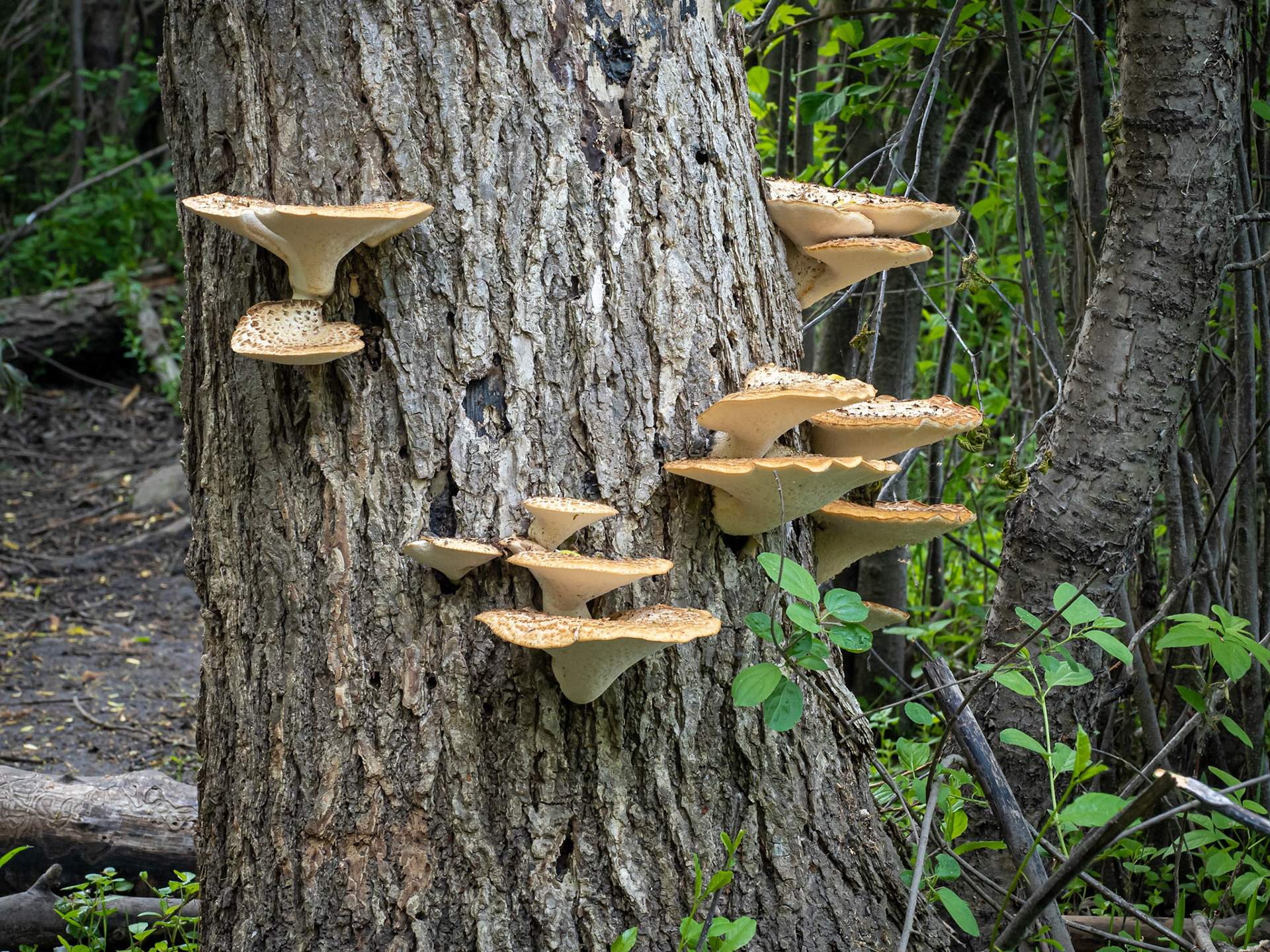

The deadman's finger fungus (see June 2022) Showed great promise, but then has retreated with little rain.

The dragonflies were out looking after the mosquitoes and other insects.
The first one is a dot-tailed whiteface, the second one to me looks like a hudsonian based on some pictures, but an authoritative website said it was also a dot-tailed whiteface. The third is a common bluet.



I was hoping for a frog on a lily pad, but had to settle for a dragonfly on lily pad. This one is aptly name a lily pad clubtail dragonfly.

